One team, One journey.
Leadec recognizes that the heart of a successful operation in the manufacturing industry is not only the efficiency of machines, but more importantly, the engagement and dedication of its workforce, so we put people at the center of everything. We are dedicated to promoting an environment in which all employees are respected and accepted, enabling equal opportunities and a safe and welcoming workplace for all.
In December 2023, the Equal Pay Law was published and regulated, with the intention of giving visibility to the remuneration policies of companies, in order to stimulate equity of wages between genders. This theme, always timely, meets our most expensive and non-negotiable values: for Leadec, treating people with respect, dignity and a spirit of inclusion brings out the best in all of us ― and is the right thing to do.
Therefore, we reject any form of discrimination and are committed to maintaining our People Management policy and our operations, free from all forms of gender-based discrimination, gender identities and expressions ― even in terms of remuneration and access to new job opportunities. However, by a principle of integrity with our employees, customers and partners, it is necessary to clarify, without hesitation, that the Equal Pay Law and its regulation have serious limitations and methodological inconsistencies, comparisons that do not address the company reality.
Under new law companies must disclose the Transparency and Equal Pay Report, an information panel about remuneration of their professionals, based strictly on the data collected by "e-Social" system.
This methodological approach of Ministry of Labour and Employment disregards some elementary variables of a truly equitable remuneration policy, since:
- Disregards proportion between professional roles complexity (positions) and their remuneration, considering that it is based on Brazilian Classification of Occupations (CBO), and grouping of positions, organized by "Large Groups of Occupations";
- Disregards horizontal progression stages of professionals within their own positions, according to their evolution over time;
- Disregards, for example, that two employees applied in the same position cannot have exactly the same remuneration if one of them performs his function years ahead, having progressed horizontally within his role, accumulating more complex experiences and skills; and
- Disregards that employees of the same group or level of remuneration can work in different models of working hours because of their roles, with different overtime policies and, many of them, applied at night, which makes it impossible Evidently, receiving the same variable remuneration contemplated for decades by the Consolidation of Labor Laws (CLT), 1943.
In other words, the methodology proposed by Equal Pay Law and your respective regulation does not distinguish the nature and complexity of positions, areas of activity, company time, different working hours, gradual progression of employee within his function over time and therefore different times of experience, not to mention professionals individual evolution in terms of technical competences and skills.
And, as if that were not enough, even variable remuneration is part of Transparency and Equal Pay Report, added indiscriminately and, of course, generating totally distorted comparisons.
On Leadec, we are proud of our diversity, equity and inclusion policies, and our respect for our employees predates Equal Pay Law far beyond its objectives. Finally, we at Leadec pride ourselves on our unbroken respect history for women and facts speak for themselves:
- We have established goals and actions to foster an inclusive and diverse work environment;
- Our Diversity, Equity and Inclusion practices are grounded in national and international standards, including principles of Sustainable Development Goals (SDG) United Nations Organization;
- We are currently focused on increasing presence of women in leadership top 100, with achieving goal of 30% representation by 2030.
This commitment has driven important Training and Development projects, as well as our diversity policy, which converge to one of our most valuable initiatives dedicated to women qualification for technical positions and training of female leadership in administrative and operational roles.
Considering the breadth this theme, Leadec is available to authorities in order to join efforts to consolidate a methodology more sensitive to facts, which serves as a real boost to transparency and equal pay.

















